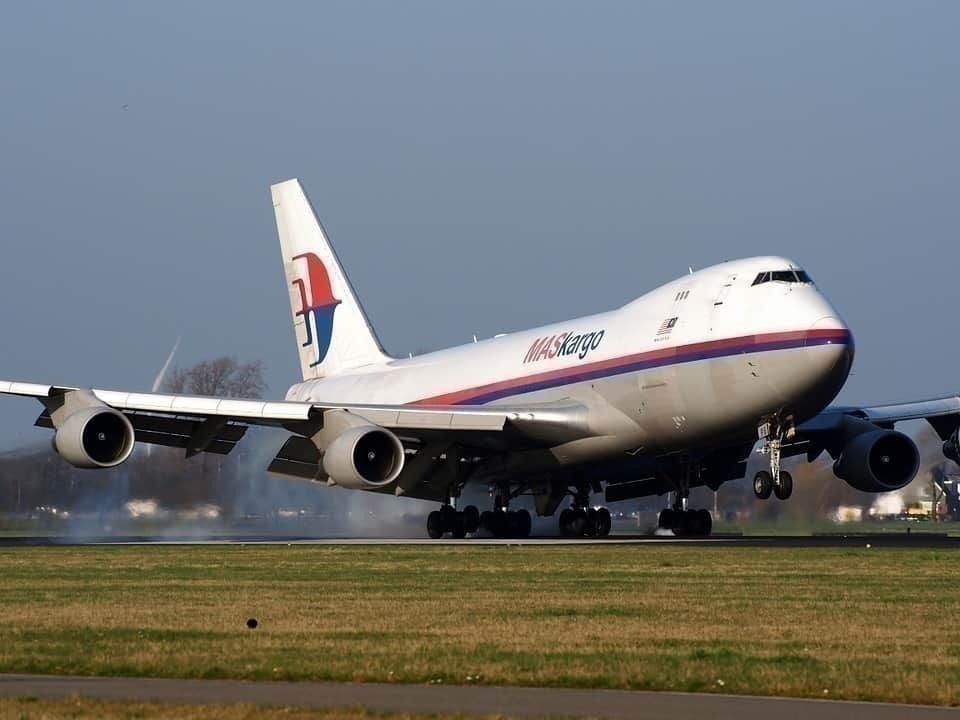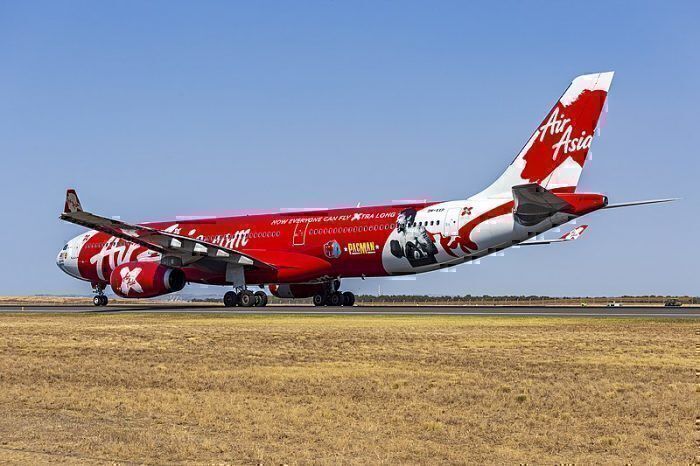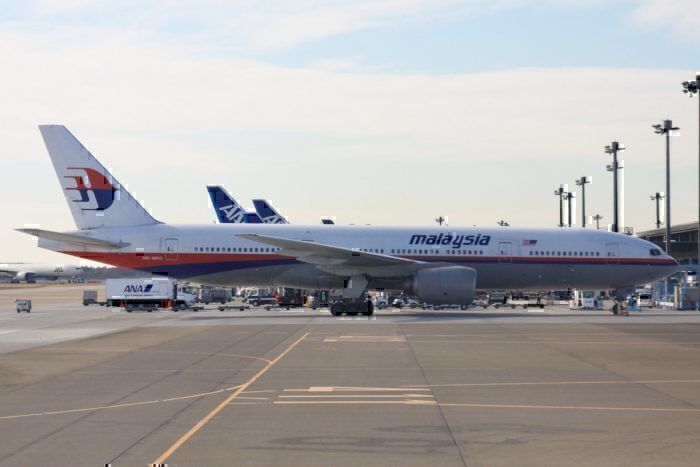Earlier in November, the U.S. Federal Aviation Administration cut Malaysia’s aviation safety ranking from category one to category two. It is a significant hit on Malaysia’s aviation reputation and, while it doesn’t prevent Malaysian carriers from flying into the United States, it does prevent them from adding extra flights. The FAA’s decision may also cause other safety regulators to follow their lead.
It puts Malaysia is the same company as Thailand, Costa Rica, Ghana and Bangladesh. So, what can Malaysia do to get its category one safety rating back?
The problem lies with the regulator, not the airlines
As Emily Derrick noted in Simple Flying earlier this month, a category two rating doesn’t mean the country’s airlines are unsafe. Rather, it is an assessment of that country’s aviation regulator (in this case, the Civil Aviation Authority of Malaysia). This suggests that problems, if any, don’t lie with local carriers like Malaysia Airlines or AirAsia, rather with the government agency assigned to oversee the airlines.
Presently, only one Malaysian airline flies into the United States; AirAsia’s service between Kuala Lumpur and Honolulu. These flights will be subject to further oversight by the FAA and any plans AirAsia may have had for further expansion into the United States will be put into hiatus.
American Airlines’ codeshare agreement with local flag carrier, Malaysia Airlines, will also end.
What the FAA said and how to fix it
According to a report in Reuters, the FAA’s decision arose from a review in April 2019. It means the FAA considers CAAM “deficient in one or more areas, such as technical expertise, trained personnel, record-keeping, and/or inspection procedures.” The FAA’s decision was based on CAAM meeting (or in this case, not meeting) International Civil Aviation Organization (ICAO) standards.
ICAO is a United Nations technical agency that sets international standards and practices for aircraft operations and maintenance.
Malaysia’s aviation regulator, CAAM, acknowledged what had happened and said;
“In carrying out its duties as an aviation regulator, some shortcomings exist. We wish to emphasize that the assessment only covered CAAM’s role as an aviation regulator… Plans are already well underway to address the findings of the audit.”
CAAM may have been expecting the bad news because its CEO resigned before the FAA made its decision public. As for the Malaysian Government, the Prime Minister, Mahathir Mohamad said;
“If there is anything wrong with our civil aviation authority, we will take measures, we will correct the situation.”
A lack of clarity
Neither the FAA or CAAM are saying where CAAM fell down or in how many areas. But the FAA’s findings indicate Malaysia’s aviation safety regulator needs an overhaul. The Prime Minister’s statement suggests that the government is prepared to do this. CAAM itself seems willing to address the issue/s the FAA audit raised. In all, there has been a reasonable rather than a defensive response from Malaysia - which in itself is positive.
CAAM has already said it wants to get its category one rating back and has sought a review in 2020. Whilst unfair, an inevitable consequence is that a lack of confidence in a nation’s safety regular also undermines wider confidence in that nation’s airlines. It also has knock-on effects at Malaysia airports, hotels and throughout the tourism industry. It is in a lot of people’s interests to get that category one rating back.



